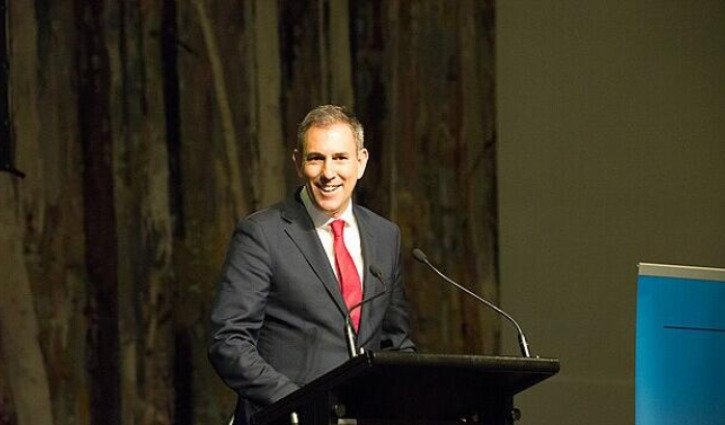Against a backdrop of geopolitical and economic uncertainty, central banks are expected to increase official sector gold holdings in 2026. At least that’s a key finding in the 2025 data released today by the World Gold Council (WGC).
Based on WGC numbers, a record nine in 10 (95%) reserve managers expect central banks to continue increasing gold holdings in the next 12 months - up 17% on 2024 findings.
After eight years of conducting this survey, the WGC’s Shaokai Fan noted a significant milestone this year. Virtually half (43%) of the central bank respondents intending to increase their own gold holdings in the coming year.
“This is remarkable, especially considering how many record-high prices we’ve hit so far in 2025,” said Fan.
“Notably, this reflects the current global financial and geopolitical environments. Gold remains a strategic asset as the world faces uncertainty and tumult. Central banks are concerned about interest rates, inflation, and instability – all reasons to turn to gold to mitigate risk.”
The WGC’s 2025 Central Banks' Gold Reserves (CBGR) survey collects data from 73 of the world’s central banks.
In the face of record-high gold prices, reserve managers continue to favour gold as a safe-haven asset to offset risks of ongoing economic and geopolitical uncertainties.
While around half (48%) of central banks in emerging markets and developing economies (EMDE) think their own gold reserves will increase in the next 12 months, only 21% of advanced economy respondents held a similar view.
However, while interest rates motivated both groups to hold more gold, key motivators for EMDEs were inflation (84%) and the geopolitical situation (81%), while 67% and 60% of advanced economy respondents felt the same respectively.
Interestingly, more central banks are increasingly storing gold domestically, with 59% confirming they have gold in domestic storage - up from 41% in 2024.
While most respondents (73%) see moderately or significantly lower US dollar holdings within global reserves over the next five years, they also believe that other currencies, including the euro and renminbi, plus gold, will increase their share over the same period.
This result also confirms recent concerns by a growing chorus of economists and analysts about the U.S. dollar's stability.
Due to concerns about the Trump administration's trade policies and the US debt crisis, global investors have been unwinding their dollar holdings to mitigate potential sovereign credit risks.
Based on WGC data, central banks worldwide have increased their gold reserves by over 1,000 mt each year for the past three years.
This represents a significant increase compared to the average annual increase of 400 to 500 mt in the previous decade.
Risk is also a key factor driving central banks worldwide to increase gold holdings. The survey showed that the proportion of respondents actively managing their gold reserves had risen from 37% in 2024 to 44% in 2025.
While return rates remain the primary reason for increasing gold holdings, risk management has surpassed tactical trading to become the second most chosen reason.



